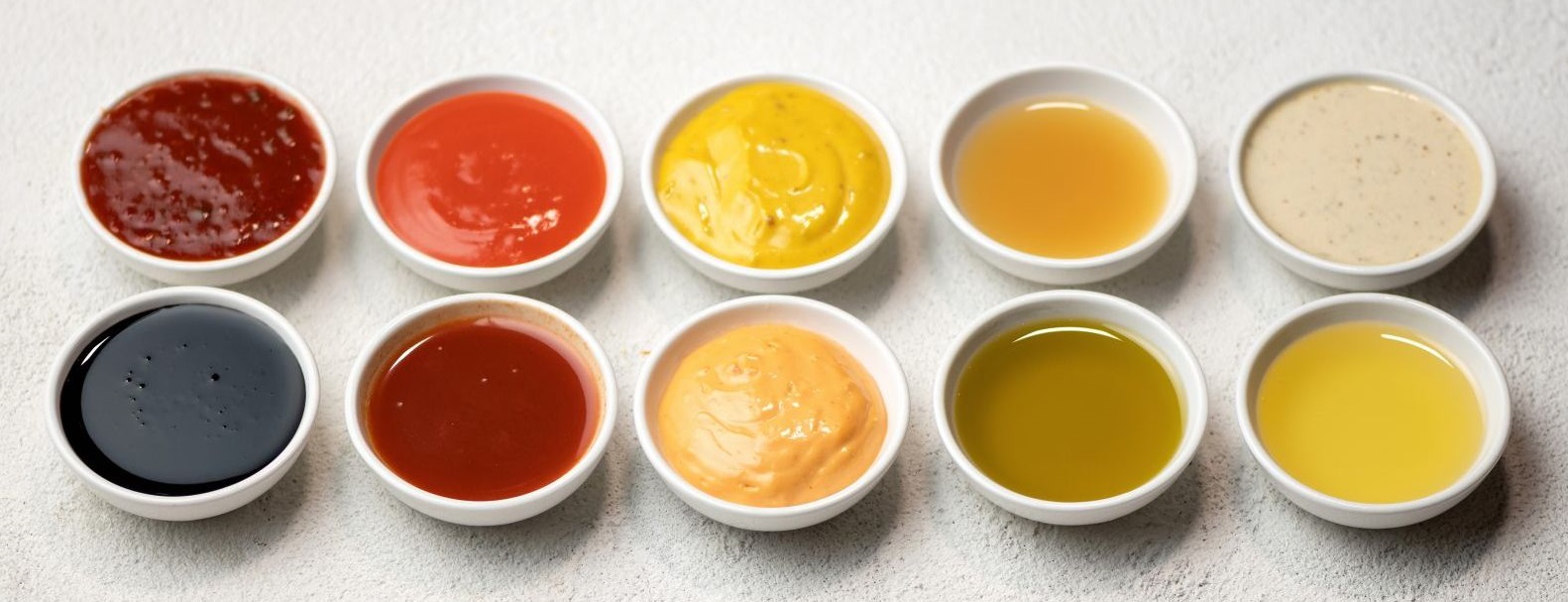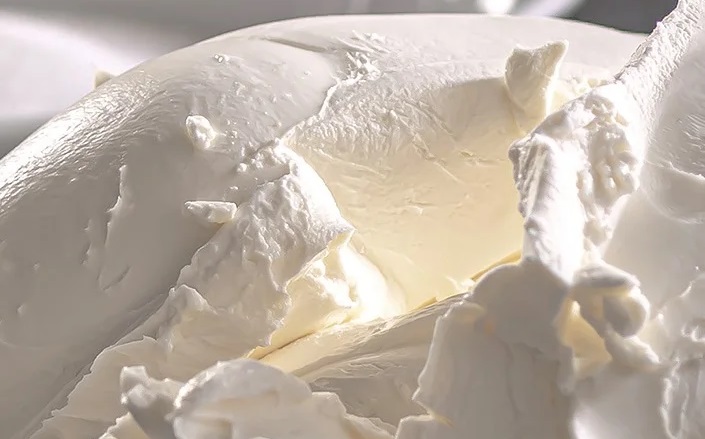Just as in the food industry, the production of cosmetics demands adherence to rigorous hygiene and safety standards. Consequently, the equipment used in cosmetics manufacturing is required to meet stringent criteria for compatibility with the final product. Stainless steel stands out as a pivotal material for constructing the majority of cosmetics production plants, much like in the food processing industry.
Commonly made out of stainless steel, food processing equipment shares a lot of similarities with the processes employed in cosmetics production. Mixers, a prevalent type of equipment in both industries, serve the purpose of creating a homogeneous mass from diverse ingredients. These mixers can be mechanical, rotary, or vacuum, depending on the specific characteristics of the product being produced.
Another frequently used equipment type is┬Āhomogenizers, essential in both the food and cosmetic sectors. Homogenizers play a crucial role in creating a homogeneous emulsion with the desired particle size, particularly for products like creams, lotions, and tonics that necessitate an even distribution of ingredients.
Cosmetic emulsions, such as creams and lotions, typically consist of water and various oils. A┬Āhomogenizer is employed to blend these ingredients meticulously, breaking up large particles and ensuring the uniform distribution of smaller particles, ultimately enhancing the quality of the cosmetic product. After the blending of water and oils, active ingredients like antioxidants, vitamins, and peptides may be added. The homogenizer is then utilized again to ensure an even dispersion of these active components throughout the formula. The final emulsion undergoes a cooling process before being filled into packaging, ready for labeling and distribution.
The technological processes involved in the production of creams, lotions, and serums within the cosmetics industry closely resemble those used in the production of a variety of food products such as sauces, ketchups, and mayonnaises. Key processes include cooking, emulsification, homogenization, and the precise mixing of different components. Mixing tanks or reactors, cooking kettles, pumps,┬Āagitators, and┬Āhomogenizers┬Āare integral components of both the food and cosmetic manufacturing processes. Strict adherence to flow sheets and safety standards remains imperative in both sectors to ensure the quality, consistency as well as safety of the final products.

















